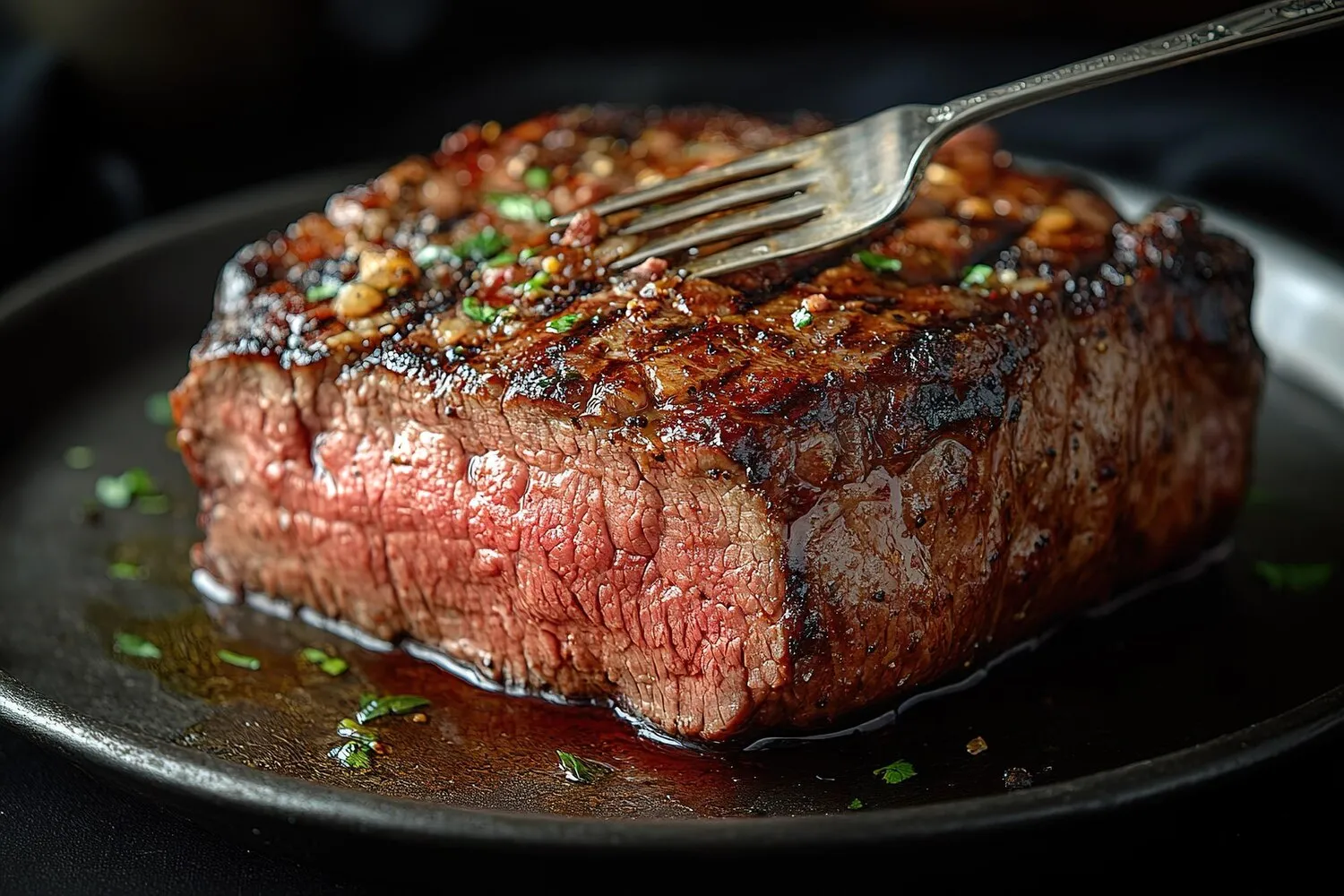
Steak
Reviews frequently mention the quality of the steak dishes.
Nutrition Facts
* The % Daily Value (DV) tells you how much a nutrient in a serving of food contributes to a daily diet. 2,000 calories a day is used for general nutrition advice.
Thirty-Eight
The consumption of beef dates back to prehistoric times, with evidence suggesting early humans hunted and consumed large game animals. As agriculture developed, cattle were domesticated, and the concept of selecting specific cuts of meat for cooking emerged. The modern steak, as a distinct and desirable culinary item, likely evolved in tandem with advancements in meat processing and cooking techniques, particularly in Europe and the Americas.
Steak holds significant cultural weight in many Western societies, often symbolizing affluence, celebration, and a carnivorous indulgence. It's a common feature in restaurants ranging from casual steakhouses to high-end dining establishments, and a popular choice for special occasions.
Status Symbol
Steak is often seen as a symbol of prosperity and a reward, particularly in Western cultures. Ordering a steak at a restaurant or grilling a high-quality cut at home is often associated with success and treating oneself.
Celebratory Meal
Steak dinners are frequently associated with celebrations, such as birthdays, anniversaries, and holidays. They represent a special occasion meal and are often shared with loved ones.
Grilling Culture
In many countries, grilling steak is a beloved outdoor activity, often associated with gatherings, barbecues, and a sense of community. The grill master is often revered for their ability to cook the perfect steak.
Steak is characterized by rich, savory, and umami flavors derived primarily from the beef itself. The Maillard reaction, a chemical reaction between amino acids and reducing sugars, plays a crucial role in developing the characteristic browned crust and complex flavor profile during cooking.
The specific flavor profile of a steak depends on factors such as the cut of meat (e.g., ribeye, sirloin, tenderloin), the breed of cattle, the animal's diet, and the aging process of the beef. Marbling (intramuscular fat) contributes significantly to both flavor and tenderness. Seasonings typically enhance, rather than mask, the inherent beefy flavor. Common seasonings include salt, pepper, garlic, herbs (rosemary, thyme), and butter. The method of cooking (e.g., grilling, pan-searing, broiling) also influences the final flavor.
Choosing the Right Cut
Different cuts of steak offer different flavor profiles and textures. Consider your preference for tenderness versus flavor when selecting your steak. Ribeye is known for its marbling and rich flavor, while tenderloin is prized for its tenderness.
Achieving the Perfect Sear
A high-heat sear is crucial for developing a flavorful crust. Ensure your pan or grill is preheated to a high temperature before adding the steak. Pat the steak dry before searing to promote browning.
Using a Meat Thermometer
A meat thermometer is the most reliable way to ensure your steak is cooked to your desired level of doneness. Refer to a doneness chart to determine the appropriate internal temperature for rare, medium-rare, medium, medium-well, and well-done.
Resting the Steak
Allow the steak to rest for several minutes after cooking. This allows the juices to redistribute throughout the meat, resulting in a more tender and flavorful steak. Tent the steak loosely with foil to keep it warm while resting.
Explore additional Main Course dishes and restaurants
Explore Main CourseDiscover top dining spots and culinary experiences in Drogheda.
Explore DroghedaLearn more about the food culture, restaurant scene, and culinary heritage of Ireland.
Explore Ireland